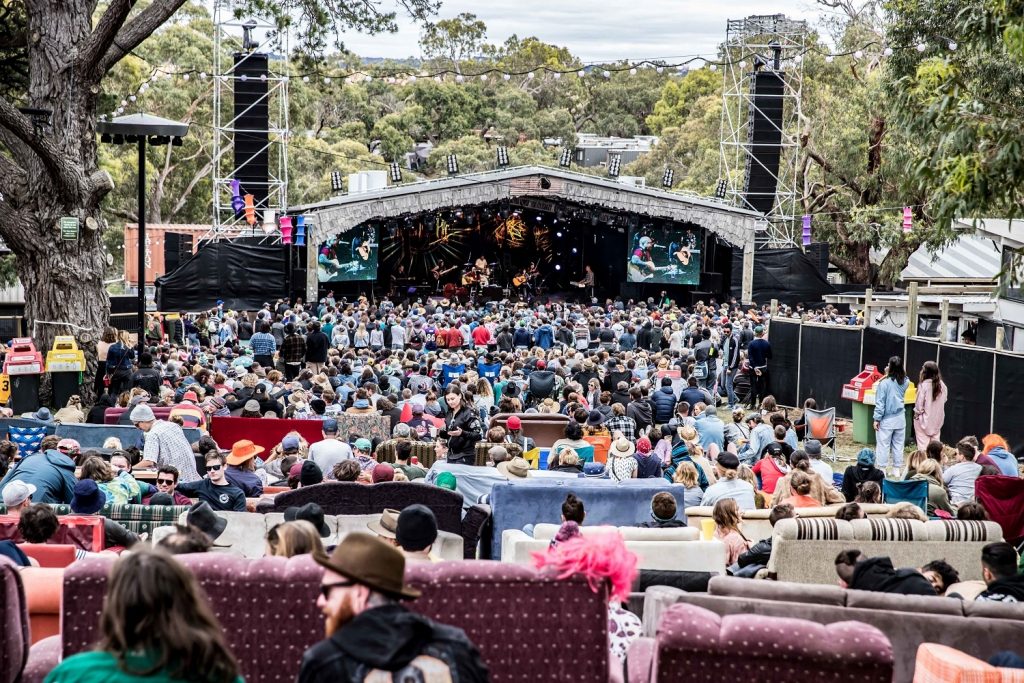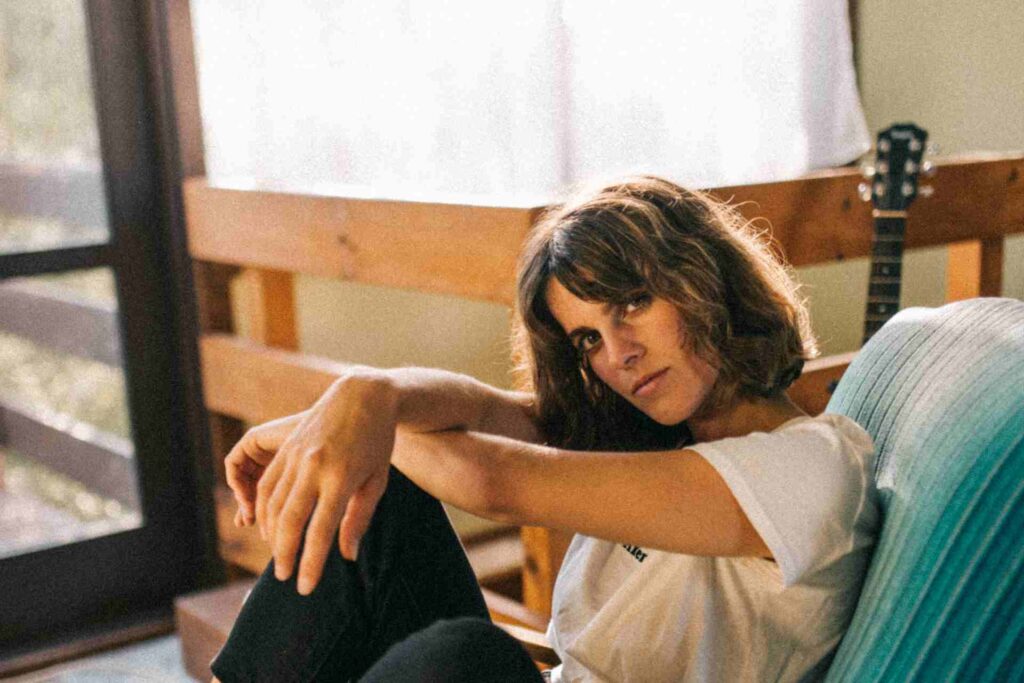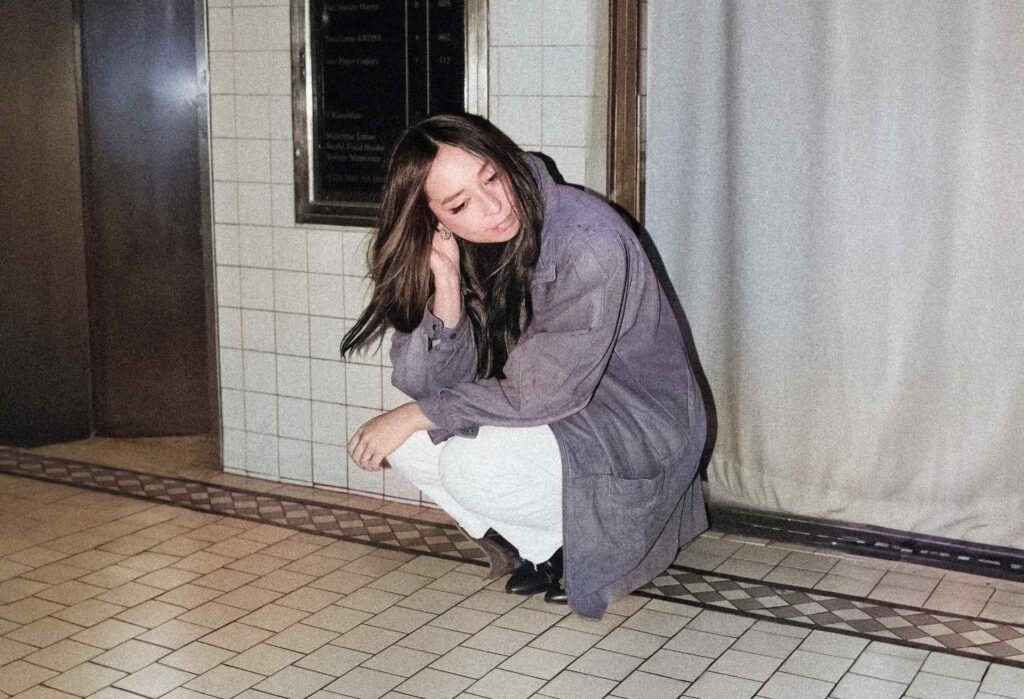This method helps a group of musicians improvise together.
This month, Geelong musicians have an opportunity never before offered in town: a workshop of Conducted Improvisation.
We have some amazing music in the southwest, from Queenscliff to Portland. Folk, blues, rock, metal, it’s all here. If there is one genre of music which is lagging in having a popular following, it’s jazz.
Des Camm has kept the flame burning over the years with his strong performances of trad jazz within the region. Diana Allen from Jazz Australia works out of Point Lonsdale and hosts bands on the Peninsula. Callum Watson was starting to make way with his Geelong Jazz Soirees when last year’s COVID-19 struck. He’s opening up again.
Conducted Improvisation is something I’ve never heard in the local community though.
Jazz is a music genre that originated in the African-American communities of New Orleans in the late 19th and early 20th centuries, with its roots in blues and ragtime. At Pistol Pete’s, Geelong’s premier blues venue, you’ll hear jazz gigs.
Since the 1920s Jazz Age, it has been recognized as a major form of musical expression in traditional and popular music. Jazz is characterized by swing and blue notes, complex chords, call and response vocals, polyrhythms and improvisation.
In blues, especially in jam sessions, you’ll find a fair amount of improvisation as the lead is thrown from musician to musician. It can be magic.
In jazz, that improvisation was taken to the next level as Free Jazz, with whole pieces being improvised from start to finish. Names like Coleman, Mingus and Coltrane are key players of this era.
Keep up with the latest music news via our website.
So enough of the background, we’ve come to Conducted Improvisation. It sounds simple enough – people improvise, but with a conductor. But first, it’s time to redefine a few things.
If I say “conductor” people think of the bloke in a tux waving a stick in front of a huge orchestra. (Actually, there are some who imagine conductors in dramatic lightning storms, but back to the music.) An orchestra conductor stands on that little platform and has a stick, so that the orchestra has a focus to bring their playing into sync. An orchestra is big, it needs that.
A jazz band is smaller, it doesn’t need that sort of conductor, so what does a conductor add to an improvised piece. The secret is to throw away the stick, and have the conductor use multiple gestures to take a pure improvisation to the next level.
One of the major exponents of Conducted Improvisation is Walter Thompson who uses a set of gestures that can be grouped into Who, What, How and When. Sometimes the How is dropped to allow musicians more freedom in how they play. First, he runs through the gestures he plans to use, to give the musicians an idea of what’s coming, and then moves into the actual playing.
The goal of the conductor is to make the music emerge as well as possible. If the conductor moves from one soloist to another, the new soloist must continue on as though there was no pause. Equally, gestures could apply to all musicians. A gesture could request long notes, a low volume, when to come in or out, freeze, continue.
The approach is not restricted to jazz, it has been used with choral groups and storytelling.
You can get a sample of the technique by looking for Lawrence “Butch” Morris, Karlheinz Stockhausen, and John Zorn, as well as Walter Thompson on YouTube.
Oh, by the way, you don’t have to stop at only one conductor…
Interested? The free workshop is on Tuesday, April 20th from 7pm, contact [email protected] for further information.







